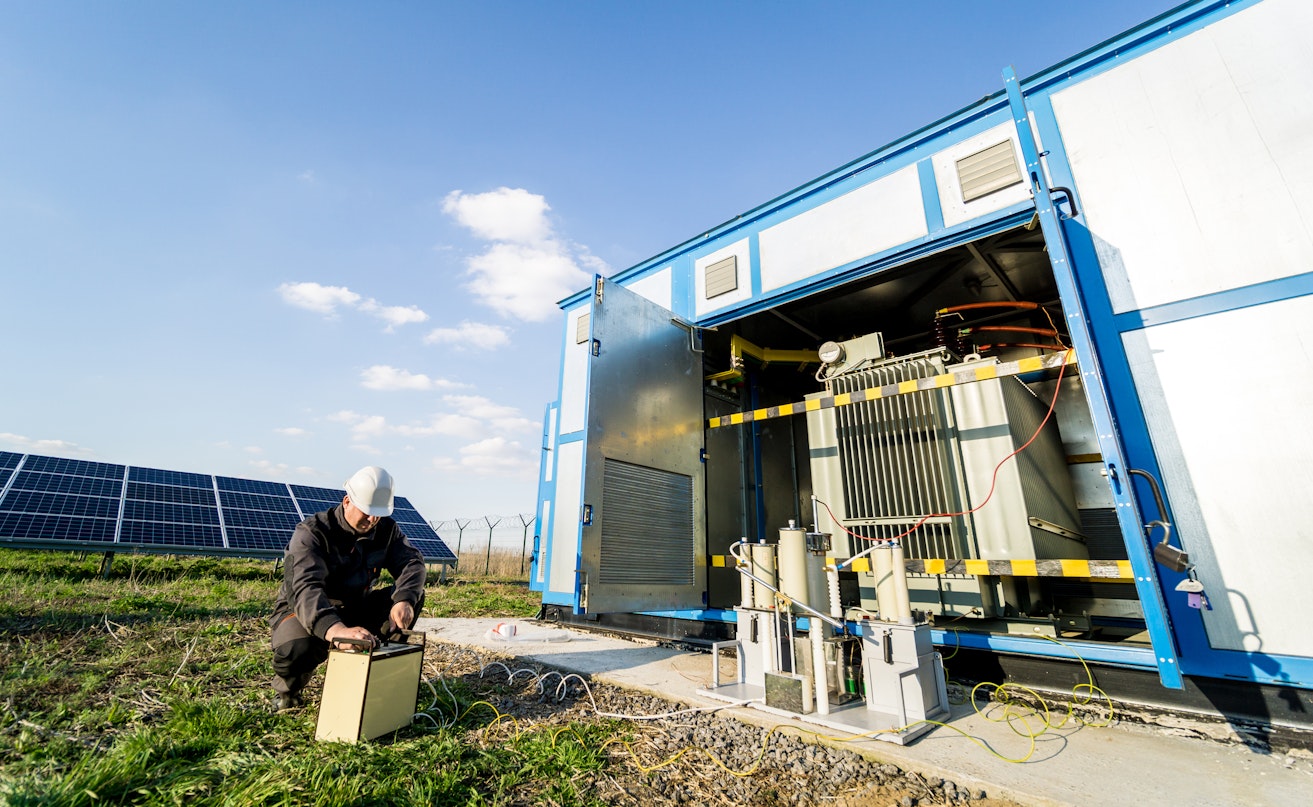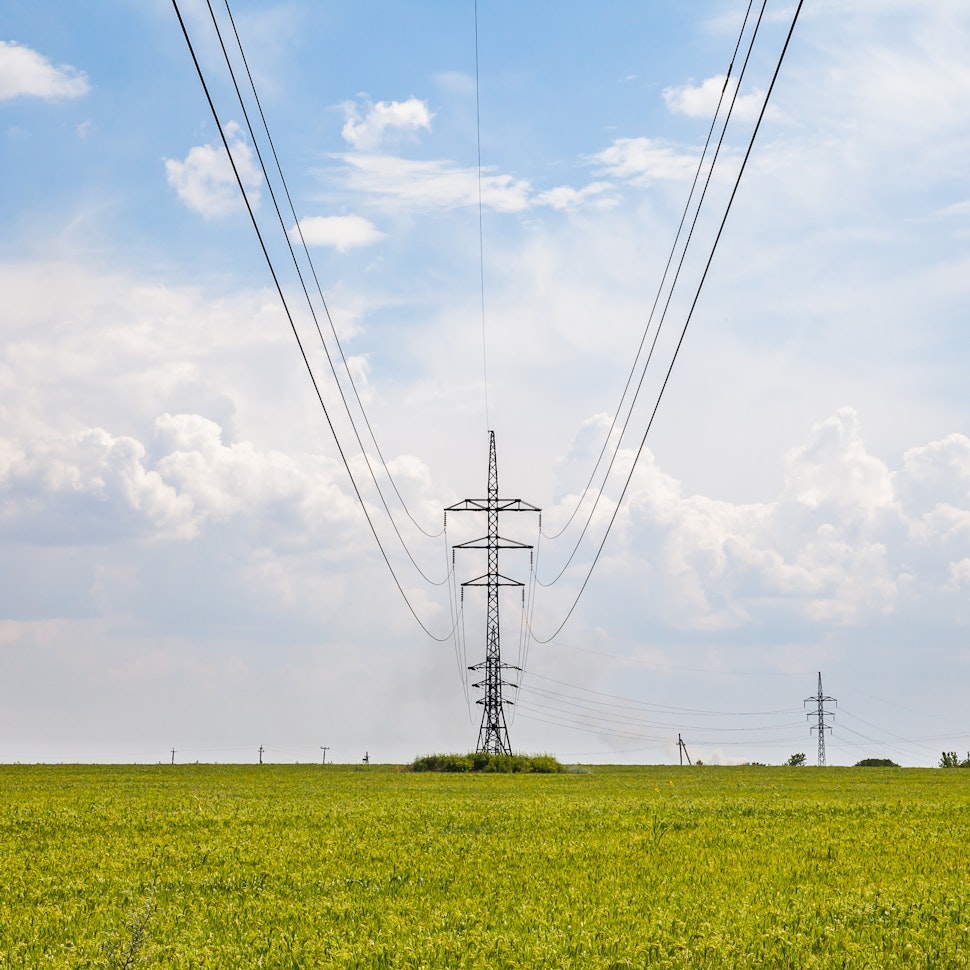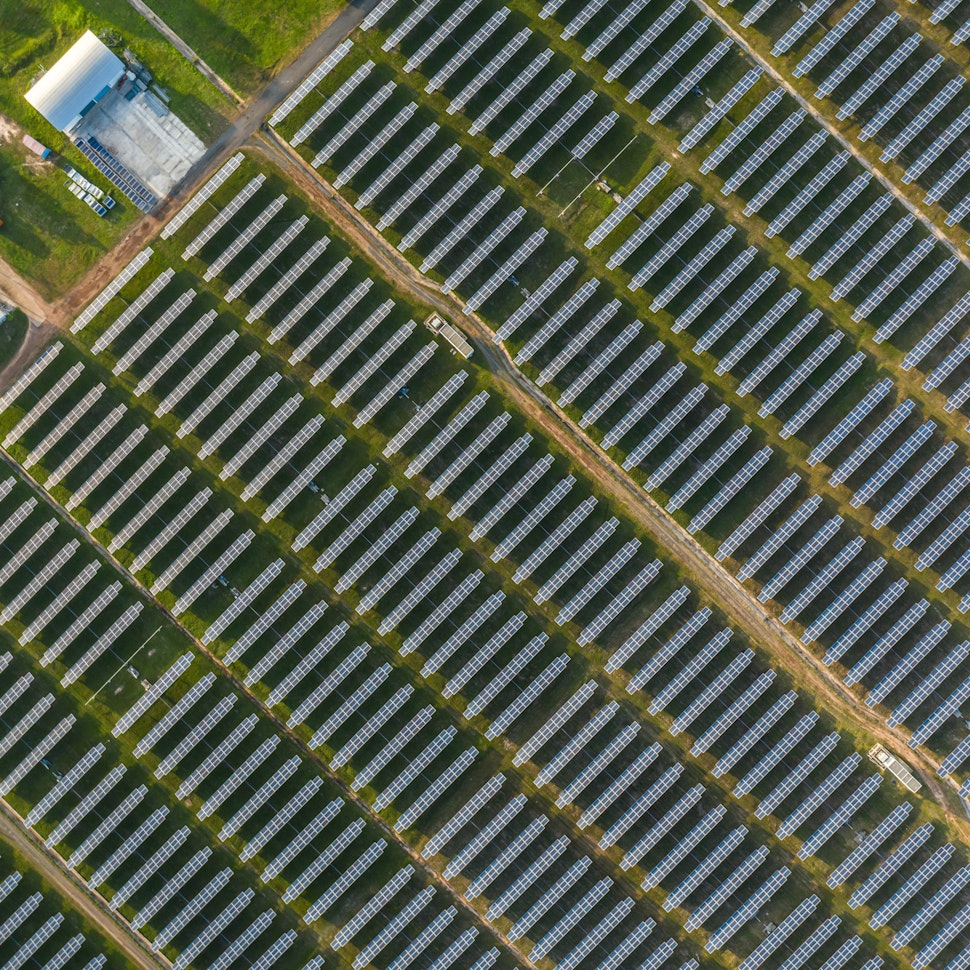- Solar energy blog
- A snapshot of Australia’s renewable energy policies in 2024
A snapshot of Australia’s renewable energy policies in 2024
Australia's renewable energy policies include a capacity investment scheme, offshore electricity infrastructure, and a hydrogen program. Click to find out more.


Laura Rodríguez
Territory Manager Oceania & Nordics
Laura is a renewable and software industry sales professional, currently working at RatedPower as Territory Manager Oceania & Nordics. With a background in International Business and International Trade, Laura previously worked in the business strategy area in various companies as well as as a market analyst for the Government of Spain in Australia.

Over the last few years, Australia’s renewable energy efforts have increased exponentially. In 2022, the nation formally announced its 2030 target, aiming for a 43% reduction in emissions. This was an enhanced Nationally Determined Contribution under the Paris Agreement and was part of Australia’s broader plan to become a Renewable Energy Superpower.
In the same year, Australia also set its net zero by 2050 target under legislation from the Climate Change Act. This required an Annual Climate Change Statement to be presented to Parliament to ensure transparency and accountability around the targets.
In addition to setting these clear objectives, Australia established the Powering Australia plan in 2022 and introduced the National Net Zero Authority in 2023. The former aims to create over 600,000 new jobs by 2030, while the latter will receive $83.2 million over four years to facilitate Australia’s 2050 transformation.

Australia's renewable energy policies in 2024
With a clear set of renewable targets, Australia has put forward several policies to help them achieve them.
Capacity Investment Scheme
One of Australia’s renewable energy policies is the Capacity Investment Scheme (CIS), a national initiative tasked with creating a reliable, affordable, and low-emissions energy system for all Australians. By 2030, it aims to add an extra 32 gigawatts (GW) of capacity while filling reliability gaps left by retiring coal power stations. This scheme also sets its sights on achieving an 82% renewable electricity target by the same year.
The 32GW expansion plan was announced in November 2023. It includes 23GW of renewable capacity worth $52 billion and 9GW of clean dispatchable capacity worth $15 billion. This 9GW figure includes the 1.1GW of capacity that was already underway through the first stage of the CIS. The expanded CIS will be rolled out over the next three years and feature a tendering process every six months.
Renewable Energy Transformation Agreements
Another of Australia’s key strategies is The Renewable Energy Target (RET). This scheme, which is primarily aimed at stimulating and encouraging renewable electricity generation, has two main components: the Large-scale Renewable Energy Target (LRET) and the Small-scale Renewable Energy Scheme (SRES). While the SRES encourages households and small businesses to install renewable systems on a smaller scale, the LRET has a broader focus.
A key part of Australia’s renewable energy tactics, the LRET incentivizes investment in larger-scale renewable systems, including wind farms, solar farms, and hydroelectric power stations. The aim is to add 33,000 gigawatt hours (GWh) of electricity annually. For every unit of eligible renewable electricity they produce, these power stations generate what are known as large-scale generation certificates (LGCs).
Rather than being tokenistic, LGCs carry significant value as entities, like electricity retailers, can buy them. In fact, it is mandatory for liable entities to purchase a certain percentage of their annual electricity from renewables each year, and surrendering purchased LGCs to the Clean Energy Regulator is one way to achieve this.

Offshore Electricity Infrastructure
As part of its 2024 renewable energy policy, Australia is also prioritizing offshore electricity infrastructure, with a $145 million investment in the Offshore Renewable Growth Strategy. Offshore wind power is a key focus — as these larger turbines will benefit from the stronger winds out at sea — and will play an important part in phasing out coal-fired power stations nationwide.
Each project will generate between 1.5 and 2GW per installation and benefit the economy by creating jobs across diverse roles. Each installation will cost between $8 and $10 billion, require 1,200 workers during construction, and 600 operational staff after completion.
Potential developers must follow many rules outlined in the Offshore Electricity Infrastructure Act 2021 (OEI Act). However, amendments are being considered. The public had until midnight on May 12th, 2024, to submit feedback that may help refine the operational requirements for offshore electricity projects and support Australia’s renewable energy efforts.

Hydrogen Headstart program
Australia’s hydrogen industry is also accelerating thanks to a $2 billion investment in the Hydrogen Headstart program. The scheme has multiple goals, but its primary aim is to bridge the gap between the costs of producing renewable hydrogen and its market price. It will do this through production contracts that make it easier for producers to offer competitive prices.
The $2 billion investment is being distributed to several parties, with six applicants currently shortlisted. These include major players like BP and Origin Energy, with the six collectively representing over 3.5GW of electrolyzer capacity. All six have until June 27th, 2024, to submit full applications.
Community batteries and solar bank initiative
The final area to highlight is Australia’s batteries and solar bank initiatives. Starting with the Community Batteries for Household Solar Program, Australia aims to install 400 community batteries nationwide, providing shared storage for up to 100,000 households. With a total cost of $224.3 million over four years, the scheme will allow households to store excess solar energy and use it during peak times, significantly reducing their electricity bills.
In addition to community batteries, there is a strong focus on shared solar systems under the Community Solar Banks Initiative. Recognizing that not all households have equal access to renewable energy options, the initiative targets renters, apartment dwellers, and low-income families who can’t install their own systems. With a $100 million investment from the Australian Government, over 25,000 households can benefit from these shared solar systems.
State governments are also getting involved in Australia’s renewable energy efforts. New South Wales is spending $30 million to support renters and low-income households with subsidized solar gardens and rebates for shared rooftop solar on apartment buildings, while Victoria has a $16 million partnership expanding its Solar Homes Program.
Discover how RatedPower can revolutionize your renewable energy projects. Explore our innovative solutions today and take the next step towards a sustainable future!
Latest stories
Related posts
Market analysis
23 renewable energy events to look out for in 2026
Discover the top renewable energy events in 2026, dates, details, and insights for solar, storage, hydrogen, and clean energy professionals worldwide.
Updated 13 JAN, 26

Market analysis
Power where it’s needed: Solving LatAm’s grid instability with distributed solar and storage
Find out how a bottom-up approach is solving LatAm’s grid instability, with community-led solar and storage projects giving people control over their energy.
Updated 29 DEC, 25

Market analysis
Powering through the peak: Why solar + storage is gaining momentum in MENAT
Discover how MENAT is building a functioning solar economy and why rising peak demand during extreme heat is squeezing its energy architecture.
Updated 11 DEC, 25


- RatedPower
- Solar energy blog
- A snapshot of Australia’s renewable energy policies in 2024
 Watch a demo
Watch a demo Ask our AI Product Expert
Ask our AI Product Expert
